It’s foraging season in NE Missouri. On recent forest walks we have collected thistle, wood nettles, and the amazingly delicious mushroom, Chicken of the Woods. We encourage our kids to participate in all aspects of foraging – from learning the safe collection of wild edibles, to cooking, and of course, eating!
Today, I welcome my friend Kathie Lapcevic, from the blog Homespun Seasonal Living, to share some of her tips for foraging with kids. And if you’re interested in diving into foraging more deeply, check out my book, Family Homesteading, which has entire chapter dedicated to foraging, including recipes for using foraged foods!
Foraging with Kids
Foraging is a wonderful opportunity to teach kids about the wonders of seasonal living, nature’s abundance, ecology, and more. The important part of teaching foraging to kids is to do in a way that teaches safety without fear and it’s not as hard as it might seem. Follow these steps to help kids learn about wild edibles and watch how that leads to many other educational opportunities.
Set One Hard & Fast Ground Rule
Small children should not eat anything without a parent present. This is the most important rule when letting kids forage. Let them pick (from a place where they have permission, obviously) freely, give them special harvest containers and let them bring it back to you for identification. It needs to be a rule that is enforced not because the children should be afraid of wild food but to make sure things are safe.
Obviously as children grow older, they can be allowed to eat the berries or other things they can identify but reinforce the idea that new plants should always be identified together as a family before ingesting.
Reinforce Edible & Poisonous Plants
Growing up, we all knew that buttercups were poisonous. We knew as kids we could play with them but that eating them was bad. We weren’t afraid of them in any way but our parents made it clear multiple times that they were poisonous. Similarly, we knew that the blackberries growing in the back lot were safe to eat by the bucketful.
When playing, doing chores, and more, reinforce the identification of plants and whether or not they’re edible. Also identify plant uses as appropriate for the child’s age. Remind them that Elderberries are safe to eat only when cooked and good for fighting off colds for instance. Before you know it, they’ll be repeating the info back to you without prompt.
Have Foraging ‘Events’
Make it a big event – everyone goes out to pick and meets back at the porch in 15 minutes to compare and identify what was foraged. Have books available for reference and make sure the kids see the adults looking up information when uncertain.
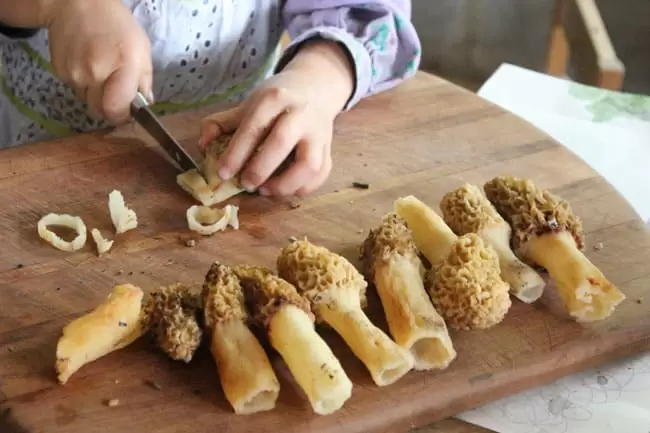
Bring it into the Kitchen
Be sure to harvest enough wild berries to make jam or pie. Harvest enough wild mint to make infused honey. Get the kids to help not only with the harvesting of wild edibles but also with the preparation. Allow them to see the entire process from nature to stomach.
See the Bigger Lesson
Whenever possible connect the bigger lessons of ecology, sustainability, and science into foraging adventures. Allow kids to understand how insects and animals use the plants, about how mushrooms help break down wood, and more. It doesn’t necessarily have to fit inside a homeschool plan but it can certainly help open doors and interest into the natural world. This summer as the earth blooms and puts berries, flowers, mushrooms, and more in our paths take a few moments to teach kids about how the earth provides with these simple and fun activities.
Fiercely D.I.Y.
Foraging with kids is just one way to dive into the rhythms of the season. Homespun Seasonal Living’s Fiercely D.I.Y. Guide to Seasonal Living guides you through activities that will deepen your connection with the seasons.
Kathie is a freelance writer, teacher, and blogger living in northwest Montana with her soulmate Jeff. She lives a fiercely D.I.Y. lifestyle in harmony with the natural rhythms of nature. You can follow her blog at Homespun Seasonal Living.
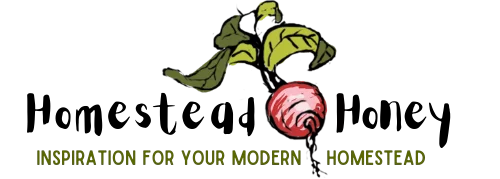

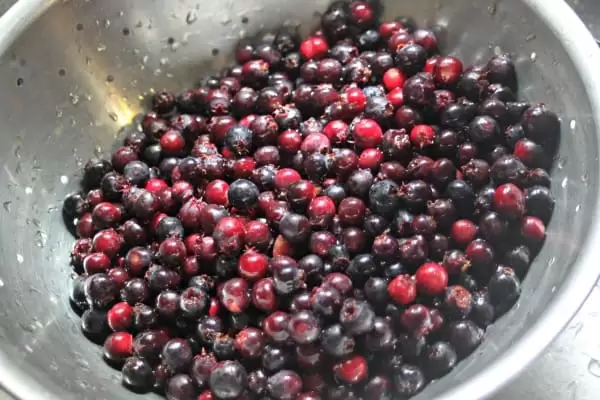
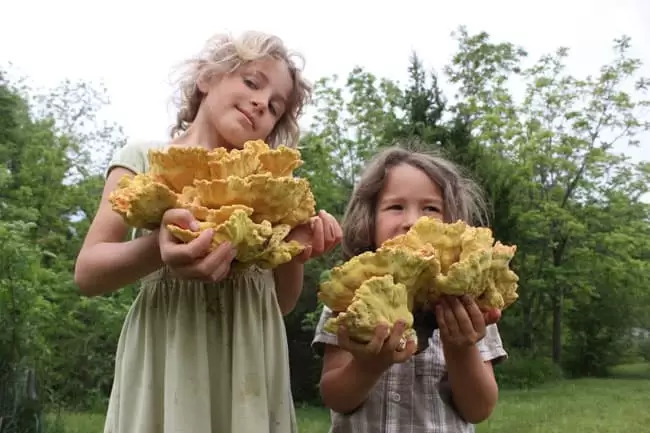
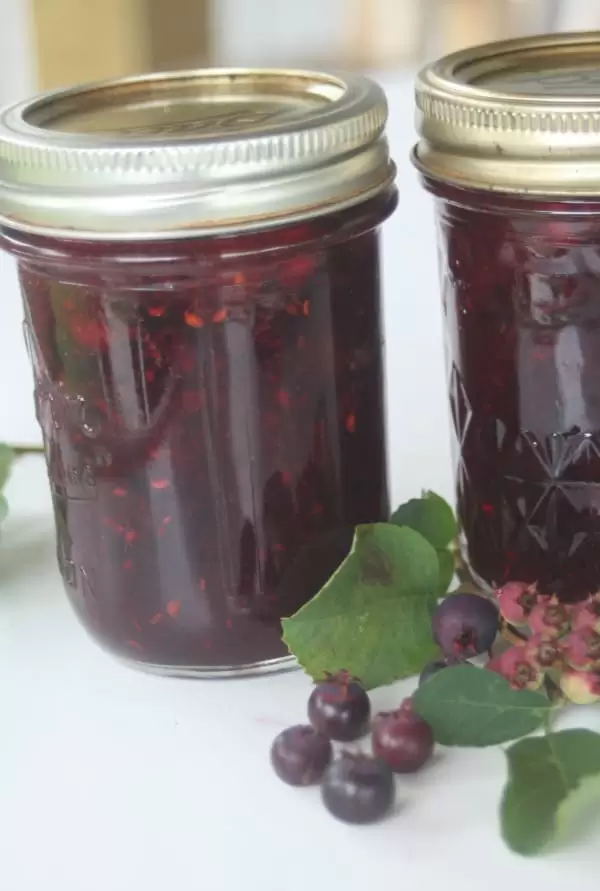



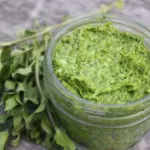
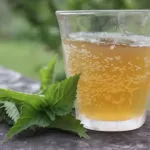
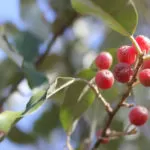
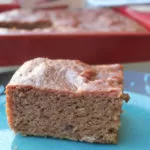
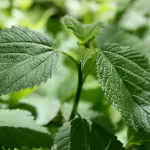
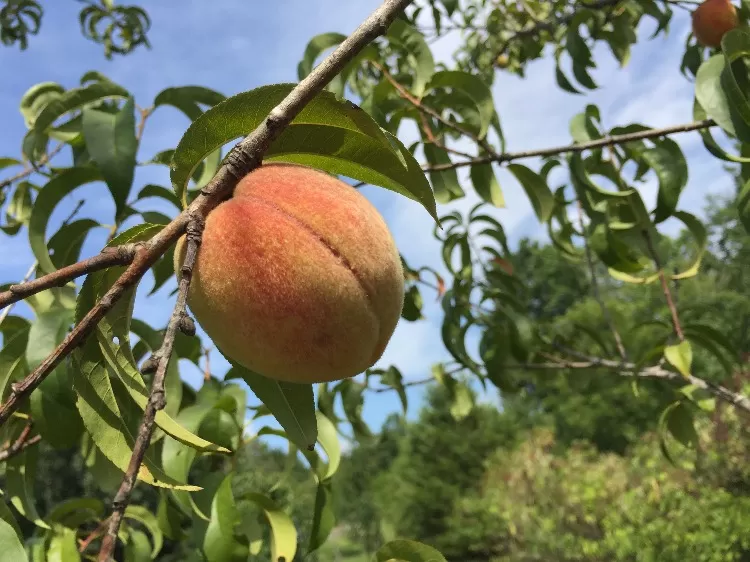


What a great article! We only forage dewberries (wild blackberries) and wild grapes because I’m not very good at plant identification. I can’t wait for Fiercely DIY to start.
It looks like a great course! I’m not that great at plant identification either, but I’m much better at remembering a plant that has been taught to me by a person, rather than a book. So I’m really grateful that we have a very skilled foraging neighbor.
Chicken of the Woods are delicious! Did you know that if you harvest only the outer parts of the fruiting body and leave some of the cap and the “stem”, it will continue to grow and regrow the outer edges? When conditions are right you might get four or five harvests off of the same mushroom over a month or more time.
That’s exciting! We’ll have to check the tree again. We do know that that same tree gave us mushrooms for the past few years, which is awesome!